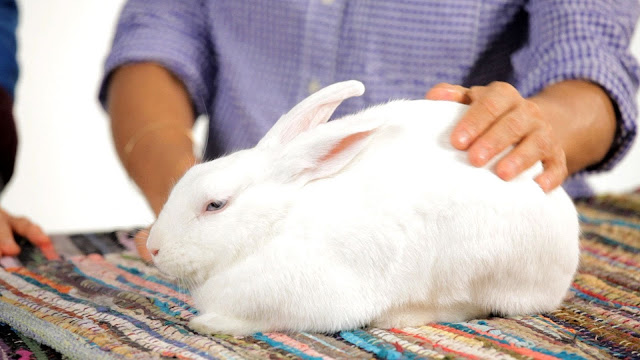Understanding Rabbit Behavior and Training in the USA [2023 Guide]
Rabbits have hopped their way into countless American homes, becoming beloved companions. These small, furry creatures possess unique behaviors and personalities, making them delightful pets. However, like any pet, understanding their behavior and knowing how to train them is essential for a harmonious relationship. In this article, we'll explore rabbit behavior and training in the USA.
Rabbit Behavior:
Natural Instincts: Rabbits have instincts deeply rooted in their nature. They are prey animals, which means they are naturally cautious and can be easily frightened. Understanding this helps in appreciating their behavior.
Social Creatures: Rabbits are social animals and often thrive with a companion. They enjoy grooming and playing together. In the USA, many pet owners adopt pairs of rabbits to keep them happy and engaged.
Chewing and Digging: Rabbits love to chew and dig. They do this not to be destructive but because it's a part of their natural behavior. Providing safe outlets for these activities, such as chew toys and digging boxes, is important.
Territorial Instincts: Rabbits can be territorial, especially when it comes to their living space. They may mark their territory with urine or feces. Spaying or neutering your rabbit can help reduce territorial behavior.
Rabbit Training:
Litter Training: Just like cats, rabbits can be litter trained. They often choose a corner to do their business. Placing a litter box in that corner can help in training them. Positive reinforcement, like treats, can also be used.
Clicker Training: Clicker training is a popular method in the USA for teaching rabbits new behaviors. By using a clicker and treats, you can reward your rabbit for desired actions like coming when called or performing tricks.
Handling and Socialization: Socialization is crucial for rabbits. Spend time with your rabbit, petting and interacting with them gently. This helps build trust and reduces fear. Handling your rabbit regularly from a young age can make them more comfortable around people.
Cage Training: If you want to give your rabbit more freedom, cage training is a good option. It involves gradually allowing your rabbit to explore outside the cage while supervising. Start with short sessions and gradually extend them.
Challenges and Rewards:
Training a rabbit in the USA can be a rewarding experience, but it comes with its challenges. Patience is key. Not all rabbits learn at the same pace, and some may be more resistant to training. It's important to understand that training should always be based on positive reinforcement, never punishment.
Rabbits, like any pets, need love and care. Understanding their behavior and training them can lead to a fulfilling and enjoyable relationship between you and your furry friend. In the USA, numerous resources, including local rabbit clubs, online forums, and experienced rabbit owners, can help guide you on your journey to understanding and training these charming creatures.




Comments
Post a Comment